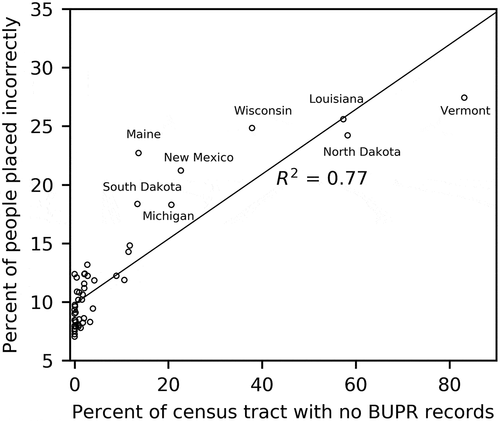Figures & data
Figure 1. Population density in 2000 by census tract in: a) Connecticut, b) South Carolina, c) Oregon, d) New Mexico. The barplot on the lower-left corner of each graph shows the number of census tracts by population density, with “L,” “M,” and “H” indicating low population density (< 250 persons/km2), medium population density (250 ~ 1,000 persons/km2), and high population density (>1,000 persons/km2) categories

Table 1. Number of census tracts (CTs) with 0 BUPR in the four studied states
Table 2. Accuracy assessment results for dasymetric mapping using different ancillary data sources. The ranks in Table 2 are based on the percentage of people placed incorrectly, though all three metrics produce similar rankings. Except for BUPR, accuracy assessment results based on ancillary data sources are directly obtained from Zandbergen and Ignizio (Citation2010)
Figure 2. Bar plot for the percent of people placed incorrectly for each technique in the four states.
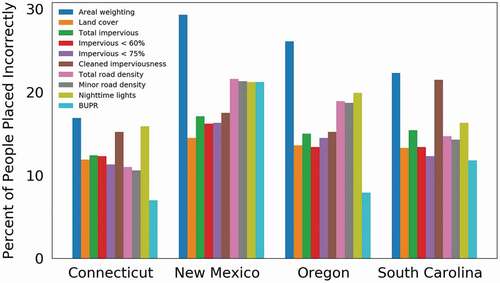
Table 3. Percentage of people placed incorrectly by population density category
Figure 3. BUPR values for block groups in the city center and suburban areas of Hartford, Connecticut

Figure 4. Scatter plot between block group areas and absolute error percentages generated from BUPR-based technique for the state of Connecticut. Both the areas and the absolute error percentages are log transformed to aid visualization (9 block groups out of a total of 2,555 with absolute error percentage values of 0 were removed as a log transformation is not applicable). The red dots denote the mean log absolute error percentage value for each log area category from −4 to 4 (incremented at an interval of 1). A secondary axis is also added to show the original values before log-transformation for easier interpretation
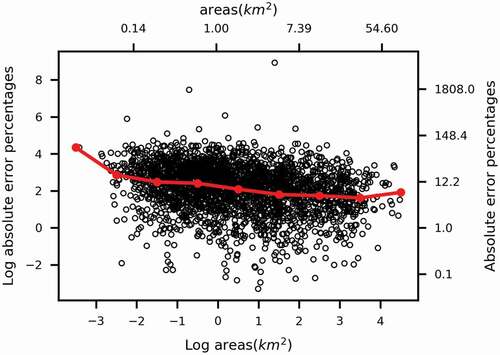
Figure 5. Kernel density plot for the block group areas (log transformed) in the four states. The red line indicates the value of a single BUPR pixel area (log transformed). Out of the 9,379 block groups, only 5 of them have an area smaller than the area of a single BUPR pixel (0.065 km2)

Figure 6. Error percentage between estimated and actual block group population in a) Connecticut; b) South Carolina; c) Oregon; d) New Mexico. Block groups with NA values indicate block groups with an actual population of 0
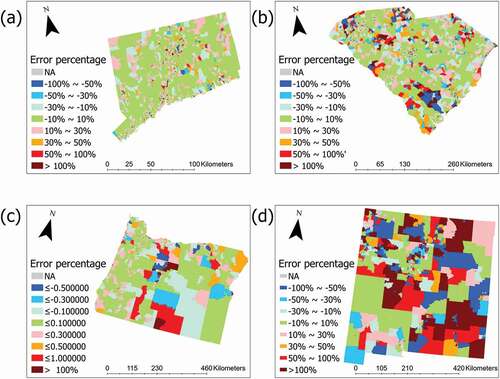
Figure 7. Mean absolute error percentage between downscaled population and actual population for each county across the contiguous United States
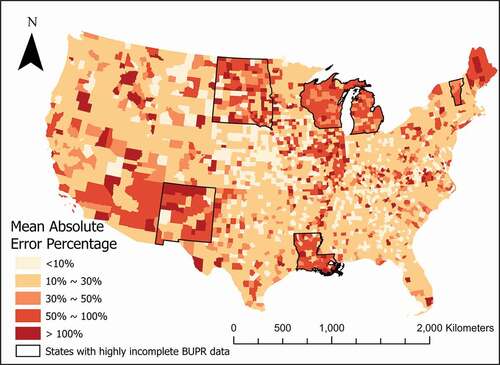
Figure 8. Scatter plot of the percentage of people placed incorrectly against the percentage of census tracts with no BUPR records for each state across the contiguous United States
